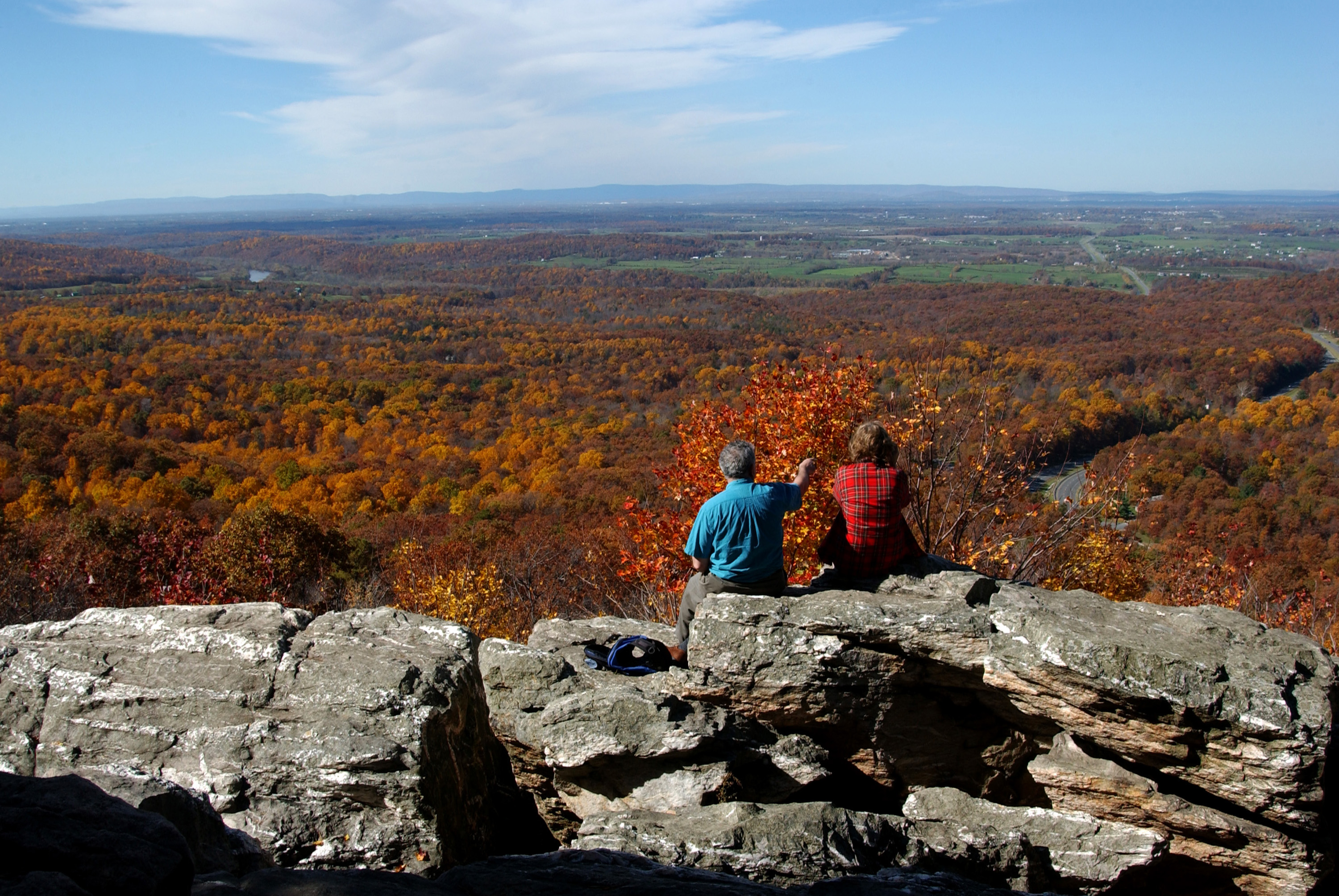
Soil Is Life: Herbivorous Solar Conversion and Carbon Sequestration in the Shenandoah Valley
Soil is a world. A community of beings as unbelievable as you can imagine. If you could go out right now and look at the soil through an electron microscope you’d see this kind of 4-legged-aqueous-cow creature walking along, splashing and eating cilia and paramecium and all this other stuff. Then, all of the sudden from 10 o’clock, in runs this narwhal 6-legged thing who pierces the four-legged cow-looking thing and, fthhhh, sucks out the juices. And then while this aqueous-cow-looking-4-legged critter is sitting there, desiccating—being sucked into the straw by this narwhal thing—in comes an 8-legged critter from 2 o’clock running into the electron microscope you’re looking into.
August 16, 2015 | Source: In These Times | by Joel Salatin
Soil is a world. A community of beings as unbelievable as you can imagine. If you could go out right now and look at the soil through an electron microscope you’d see this kind of 4-legged-aqueous-cow creature walking along, splashing and eating cilia and paramecium and all this other stuff. Then, all of the sudden from 10 o’clock, in runs this narwhal 6-legged thing who pierces the four-legged cow-looking thing and, fthhhh, sucks out the juices. And then while this aqueous-cow-looking-4-legged critter is sitting there, desiccating—being sucked into the straw by this narwhal thing—in comes an 8-legged critter from 2 o’clock running into the electron microscope you’re looking into. He has scissors on the top of his head and whacks off the head of the cow-looking thing and, thp thp thp thp thp thp thp, eats it up. And all this happens in a fraction of a second in the electron microscope while you’re looking at it. This is what’s going on. It’s out there happening billions and billions of times a second. Everywhere we step, everywhere we are. And yet, who thought about this world in their shower this morning?
That’s the problem. Who goes into a bank for a loan with a business plan and the banker sits back and says, “Hey, this is a really good idea. In fact, it’s such a good idea I think I wanna be your pahtner (I’m from the south, sorry) but before I give you this half a million dollar check for your capitalization fund, I have one question: ‘What will this business do to the earthworms and the mycorrhizae in our community?’ “
Does anybody ever ask that? One of the problems in our culture is that we do not have an accounting system that measures the externalized impacts of our decisions. In fact, we measure our gross domestic product (GDP). If you ruin the soil and pollute the water and destroy our juveniles so they all end up in jail, all the remediation efforts redound to a societal asset called GDP. It’s an insane accounting practice.
The Knights of the Golden Horseshoe
I’m from the Shenandoah Valley in Virginia, it’s 80 miles long, 20 miles wide and east of the Blue Ridge Mountains. It was known as the breadbasket of the Confederacy during the Civil War. But if you go back, we had this governor before the Revolutionary War named Alexander Spotswood. In the early 18th century, the British had come and they’d landed on the east and they’d moved west, west, west into Charlottesville. They hit the Blue Ridge Mountains and they didn’t go beyond that. In the early 1700s a lot of riff-raff—these Germans, Scots-Irish, you know—were coming down from Pennsylvania and New York (yeah we had Yankees then too) and settling in the Shenandoah Valley. Spotswood was afraid he was going to lose the valley and what was beyond there. So in 1716, he sent about 10 buddies (he called them the Knights of the Golden Horseshoe) across the mountain. He said, “go over to the valley and scope it out, tell me what you find.” They went over to the valley and they wrote back: “Everywhere we rode in the valley, we could take the grass and tie it in a knot above the horse’s saddle.”
It was a magnificent alpha soil silvopasture. Maintained by the Native Americans, and fire, and great migratory herds of buffalo, elk, prairie chickens, turkeys, pheasants, bird, herbivore, with a little bit of cultivation from the three sisters—the beans, the squash, and the corn. And that was what built these soils. In fact, all the deep soils on the planet were not built under trees or under bushes—they were built under grass with the help of herbivorous and predatory migratory patterns.
And so this grass grows in a sigmoid curve—an s-curve. It starts slow then it grows fast and then it slows down and goes into senescence. I call the first part diaper grass, the second part teenage grass, the third part nursing home grass. The way nature works with the buffalo and other herbivores; the reason there are herbivores all over the planet—from llamas and alpacas to zebras to caribou to buffalo to cows to goats to sheep—is because this s-curved biomass, if left unpruned, simply falls into senescent nursing home stage and volatilizes its carbon and doesn’t get restarted into this rapid metabolic sunbeam conversion into carbon sequestration.
Nature, in order to restart this rapid biomass accumulation has the herbivore come along, right as it goes into senescence. That’s when all the carbohydrates and sugars are high enough to feed these four big sauerkraut vats in this four-legged portable mowing critter. The herbivore is a great big portable sauerkraut vat that takes in this biomass, ferments it inside, and turns it into meat and milk and bone and hide and all sorts of things. For the Native Americans the buffalo was a walking supermarket. It was their shelter, their instruments, their tools, their food—everything.
